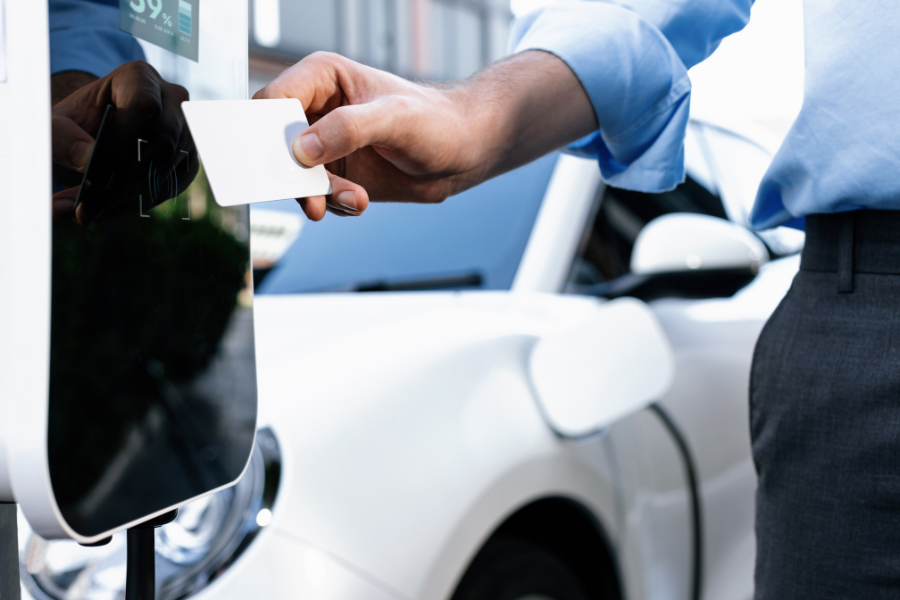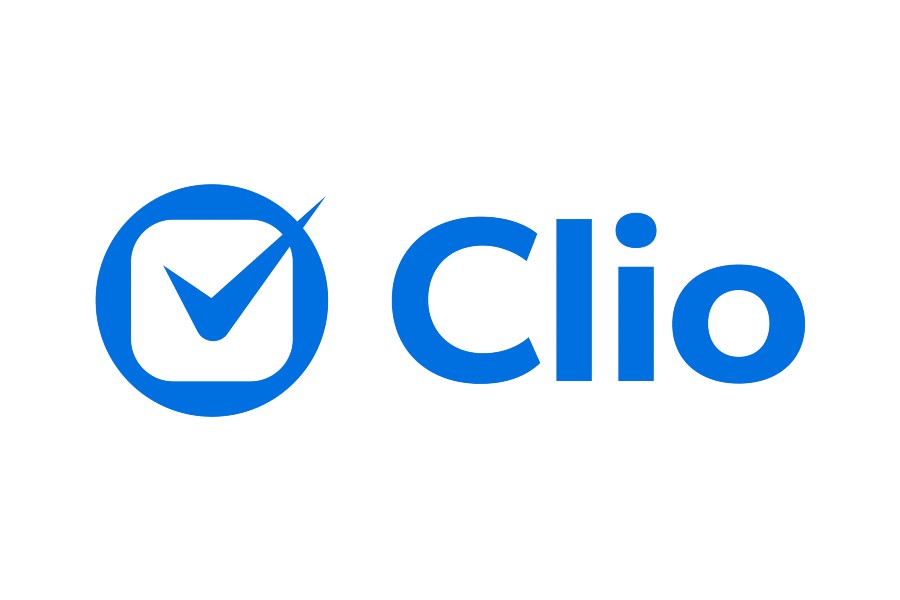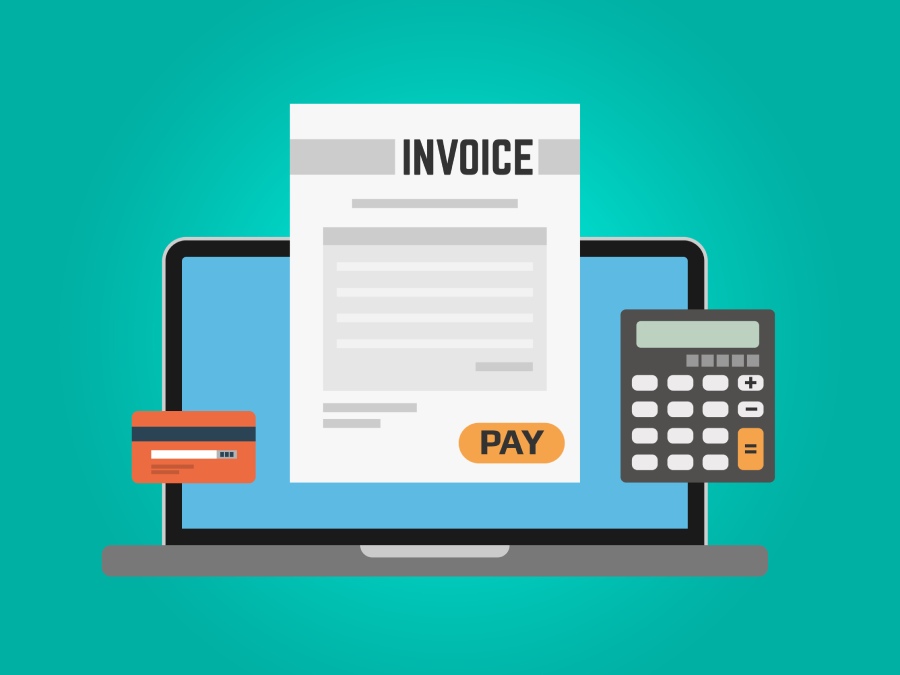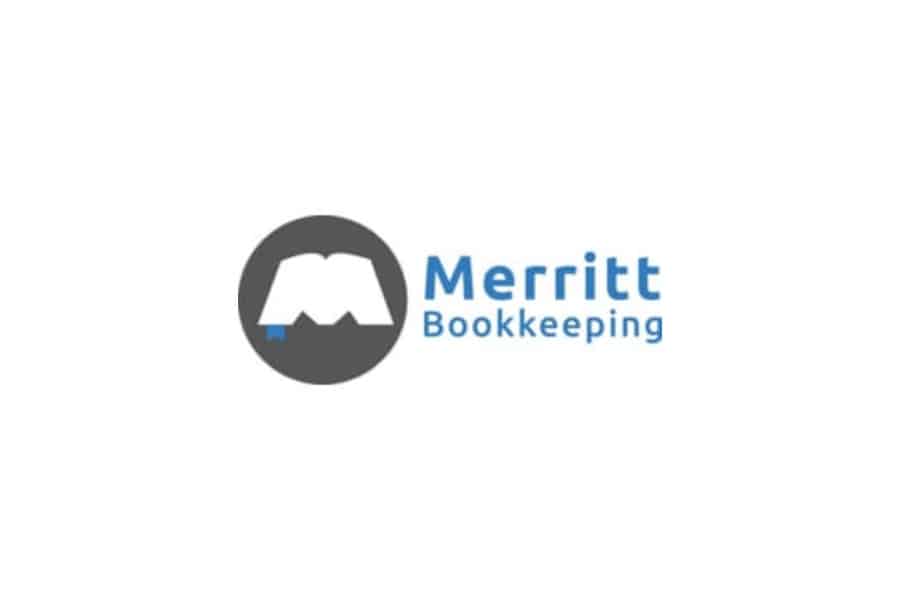
The Commercial Clean Vehicle credit, also known as the IRC §45W credit, is a reduction in tax of up to $40,000 for qualified vehicles placed in service before Jan. 1, 2033. A clean vehicle is more energy efficient than vehicles without the “clean vehicle” classification. The specific criteria for clean vehicles are established by the federal government.
Key Takeaways
- The credit is a reduction of tax of up to $40,000
- The credit may be claimed directly on Form 8936 or Form 3800.
- The credit is one of the least restrictive options of the multiple clean vehicle credits that can be claimed.
- The credit can be taken by businesses and tax-exempt entities. There is no limit to the number of vehicles for which a taxpayer can claim the credit.
- The basis of the vehicle is adjusted by the amount of the credit.
What Kinds of Vehicles Qualify for the IRC §45W Credit?
To qualify for the credit, the vehicle must meet the following criteria:
- Must be subject to depreciation Property subject to depreciation excludes inventory, investment property, or assets held for personal use. (except vehicles for tax-exempt purposes)
- Must be purchased for business use
- Must be manufactured by a qualified manufacturer as listed on the IRS website
- Must be for a vehicle that is planned to be used primarily in the United States or its territories
- Must meet the definition of a motor vehicle designed for use on public roads under Title II of the Clean Air Act
- Mobile machinery may also qualify for the commercial clean vehicle credit; examples of mobile machinery would be forklifts, excavators, and bulldozers
- Must be a plug-in vehicle substantially powered by an electric motor with a battery capacity of 7 kilowatt hours for vehicles under 14,000 pounds and 15 kilowatt hours for vehicles weighing 14,000 pounds or more Fuel cell motor vehicles meeting the requirements of IRC 30B(b)(3)(A) and (B) also qualify.
- Must have no previous benefit from the 30D (new clean vehicle credit) or 45W (commercial clean vehicle credit)
A list of eligible vehicles can be found on the US Department of Energy’s website.
If a credit is taken for a nonqualifying vehicle, the credit may be subject to recapture. If a vehicle initially qualifies but violates the qualifications at a later date, the credit may also be recaptured.
How Does the Commercial Clean Vehicle Credit Work?
The credit taken equals the lesser of the following items:
- 15% of the basis For a new vehicle, the basis would generally be the purchase price. of a hybrid vehicle
- 30% of the basis
- The difference between the cost of the commercial clean vehicle and the cost of a similar car powered by gas or diesel fuel (incremental cost)
How Do You Claim the Commercial Clean Vehicle Credit?
To take the credit, the taxpayer would need to do the following:
- Purchase a qualifying vehicle from a dealer. As part of the purchase process, the dealer would provide the taxpayer with a clean vehicle seller report. This report verifies that the vehicle was built by a qualified manufacturer.
- Report the credit. Partnerships and S corporations (S-corps) need to complete Form 8936 to report the purchase and include the vehicle identification number (VIN). The form would then need to be submitted with a timely filed income tax return. VINs are used by the IRS to track individual credits. Only one credit is permitted per VIN. Taxpayers who are not classified as partnerships or S-corps and are only receiving this credit by way of an S-corp or partnership will have the credit amount reported to them on Schedule K-1. They should input the credit amount from K-1 in Part III of IRS Form 3800, line 1a. There is no need for them to file Form 8936.
When the credit is claimed, a reduction must be made to the depreciable basis. This means that the cost needs to be reduced by the amount of the credit before the depreciation calculation is made.
Additional Considerations for the IRC §45W Credit
Taxpayers should consider nonnumerical factors when considering the credit. Some of these practical factors are listed below:
- Potential that business operations would invalidate the credit: Business owners should adhere to the clean vehicle eligibility criteria throughout the life of the vehicle. A business that took the commercial clean vehicle credit and then subsequently became a reseller would invalidate its credit.
- Maintenance and replacement costs for clean vehicle batteries: Clean vehicle batteries tend to be more expensive than traditional vehicle batteries. Total maintenance costs should be considered when analyzing the value of the credit.
- Resale value on a clean vehicle with an already depleted single-use vehicle credit: One of the main perks of purchasing a clean vehicle is the associated credit. Since the credit can only be used once per vehicle, a secondary owner generally would be ineligible for the credit. The loss of this perk could impact the resale value of the vehicle.
IRS Section 45W vs 25E vs 30D
The Commercial Clean Vehicle Credit was introduced in The Inflation Reduction Act of 2022 with the objective of furthering environmentally conscious vehicle purchases. Two other clean vehicle credits preceded this introduction. Each section has different rules for qualification for the credit.
Frequently Asked Questions (FAQs)
No. To qualify for the credit for qualified commercial clean vehicles, the vehicle should not have been acquired for resale.
No, as the commercial clean vehicle credit is nonrefundable. This means that if the credit is greater than the total tax liability for the year, then no refund will be provided for the excess. However, if you’ve made prepayments of tax during the year, the credit may decrease the tax liability and thus increase the refund of prepaid tax.
No. Individual taxpayers, including those who are married but file separately, may not split the credit. Owners filing a joint tax return are treated as one taxpayer and may take the credit on a jointly filed return.
Bottom Line
The commercial clean vehicle credit allows companies to take a financial benefit while making a sustainable investment in their organization. Practical factors should be considered when determining the value of the credit for the business.





